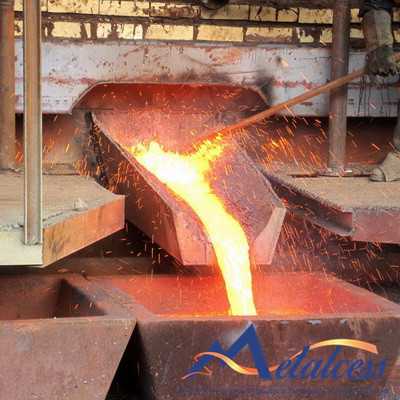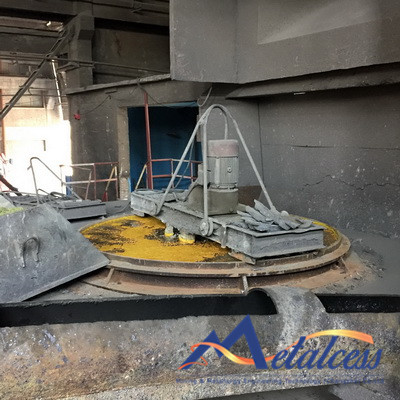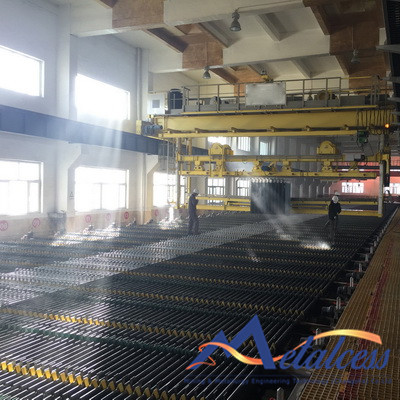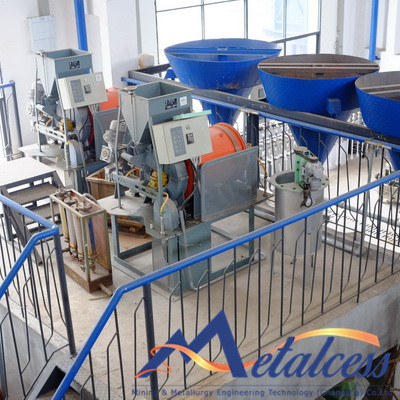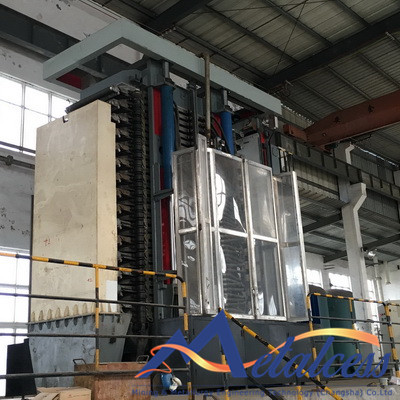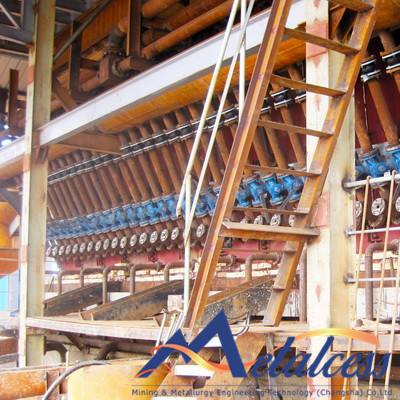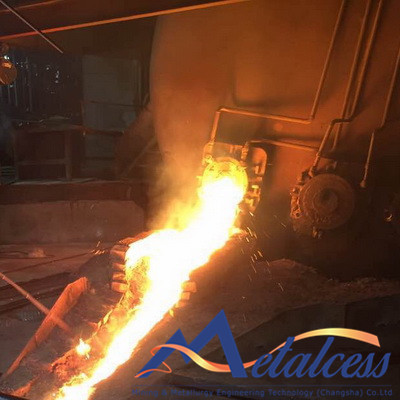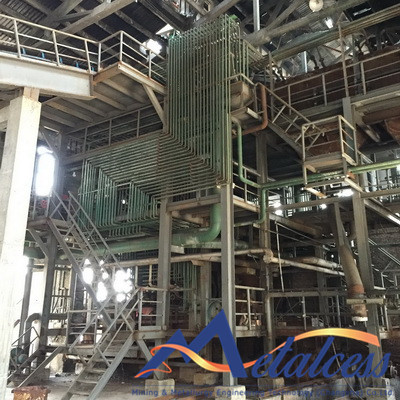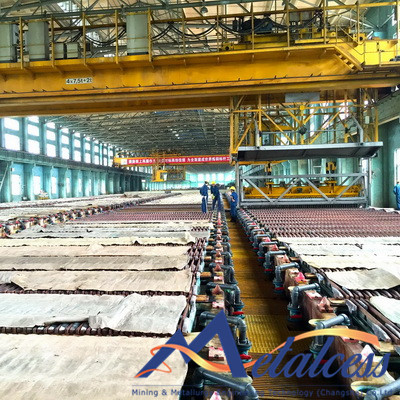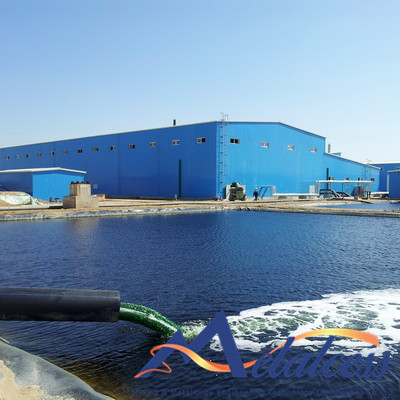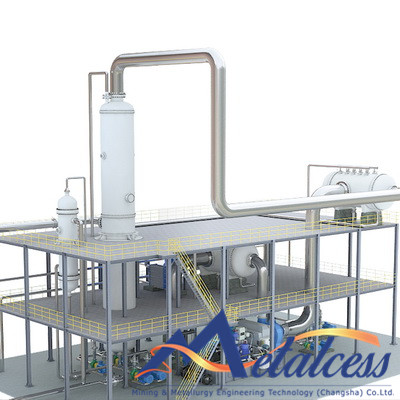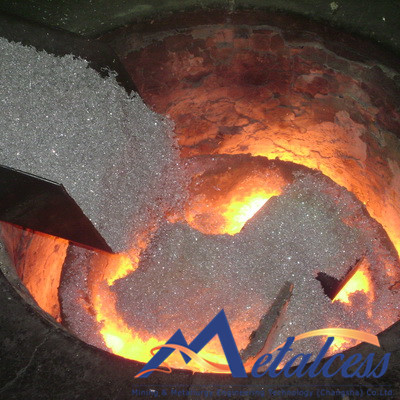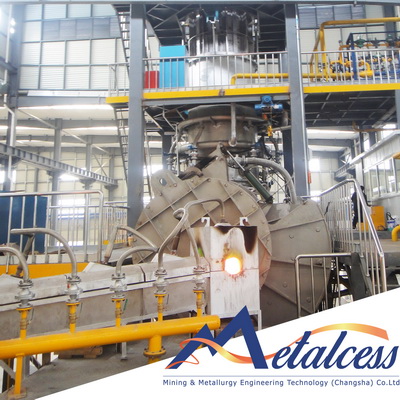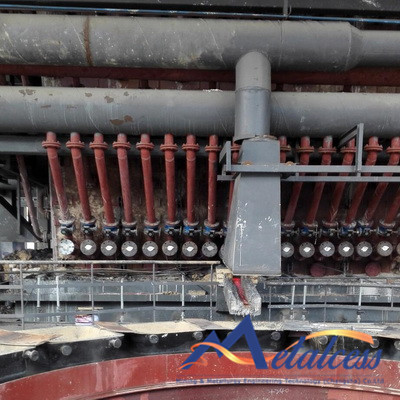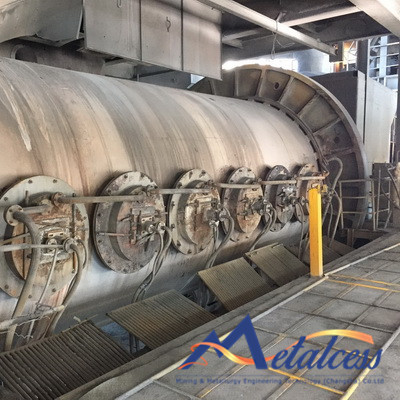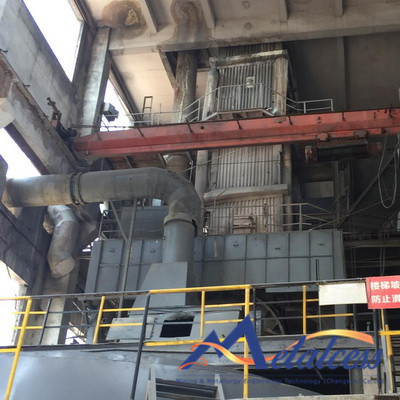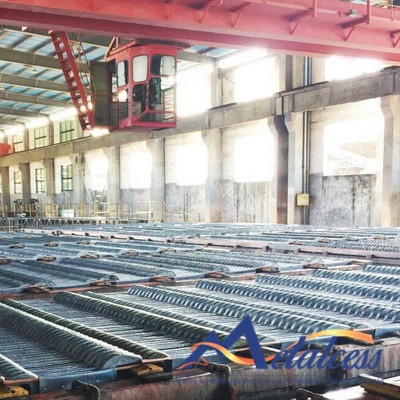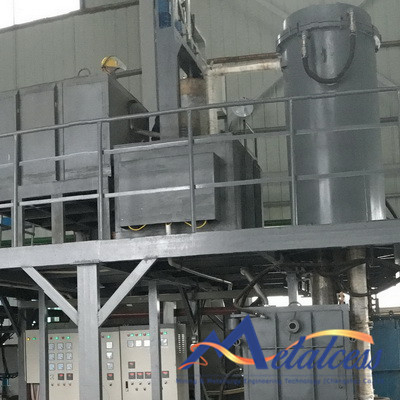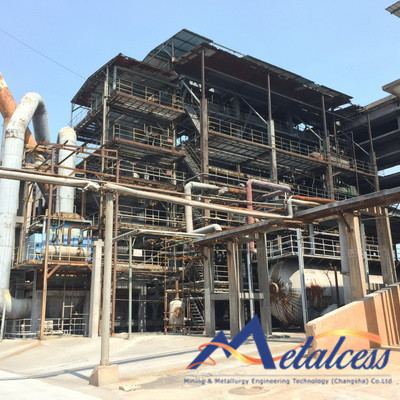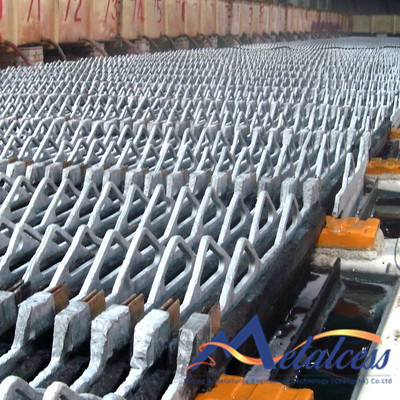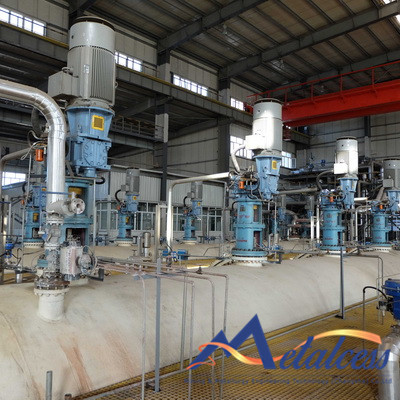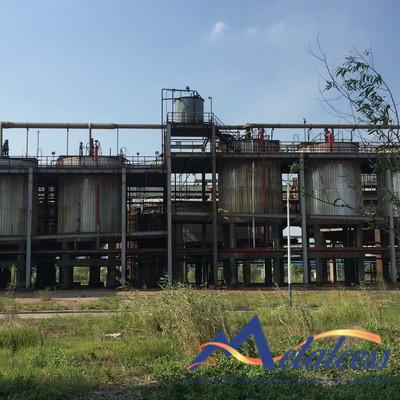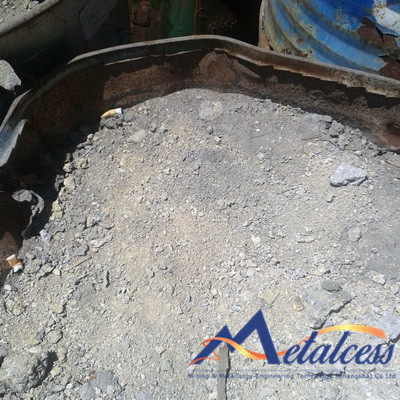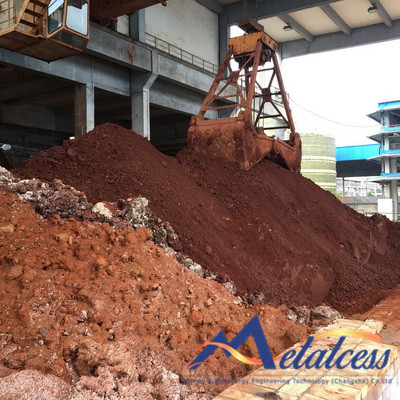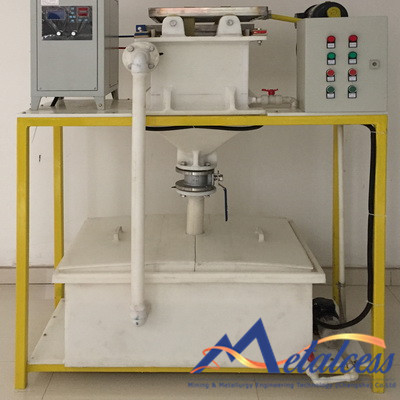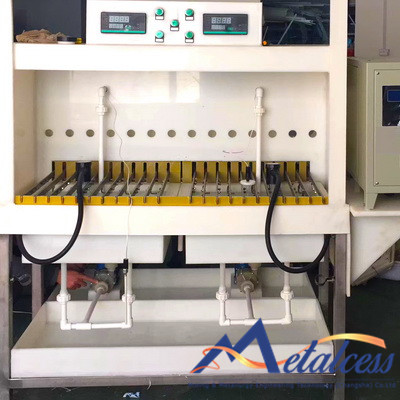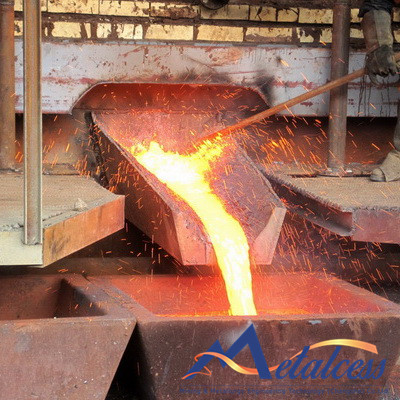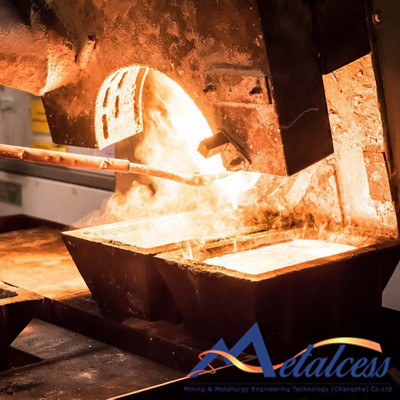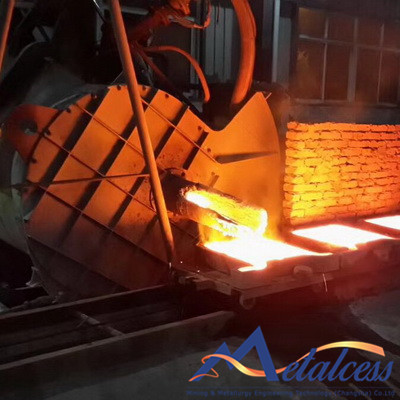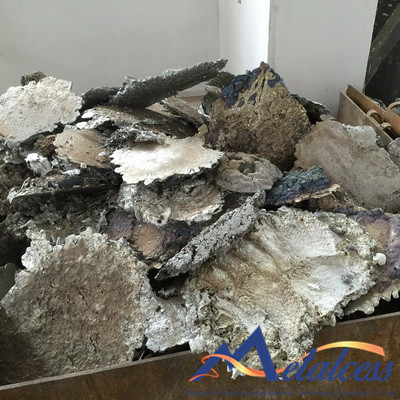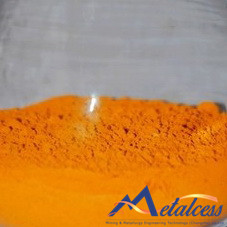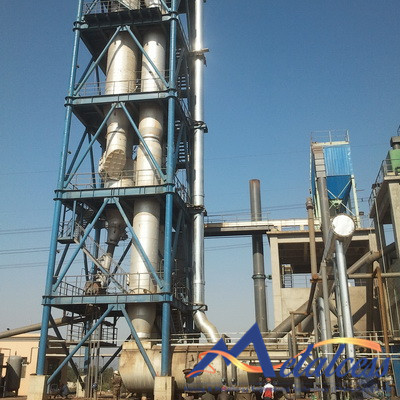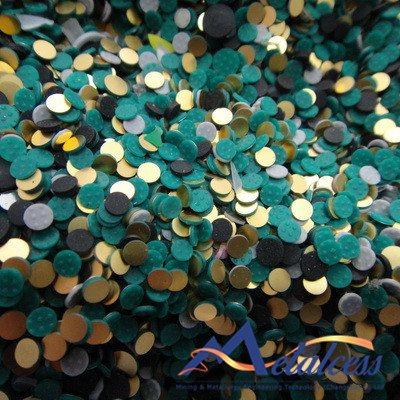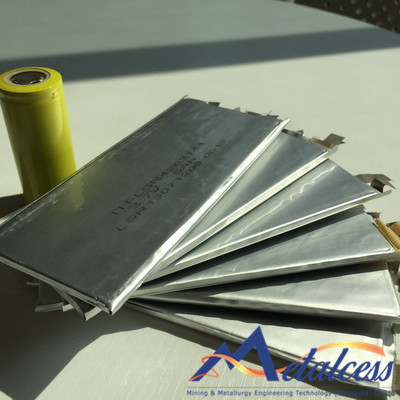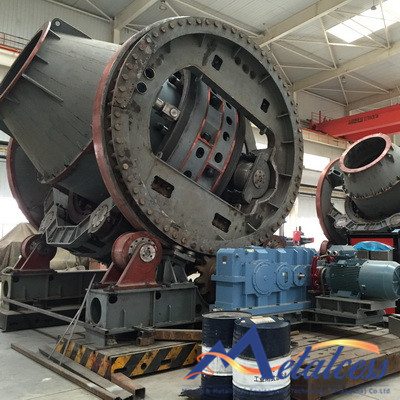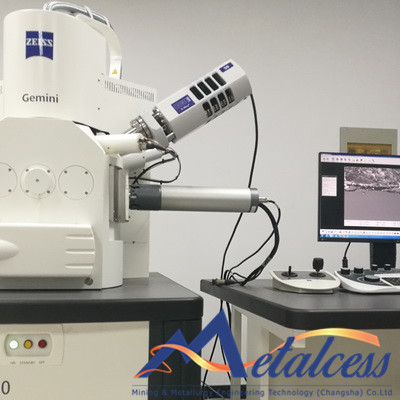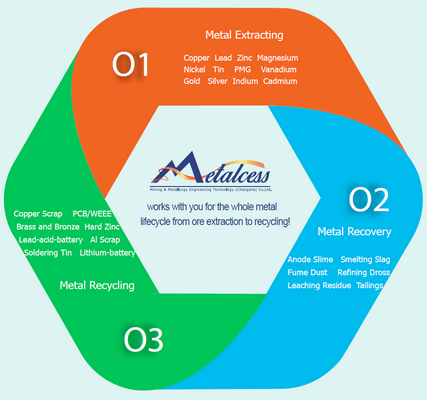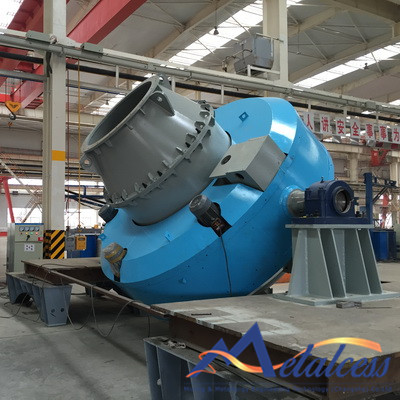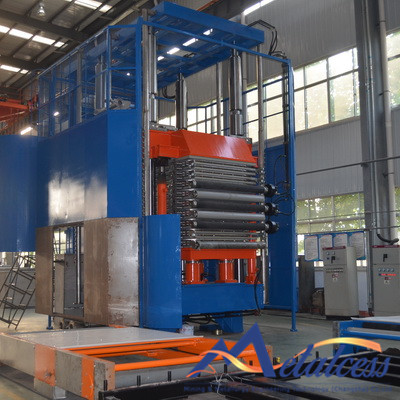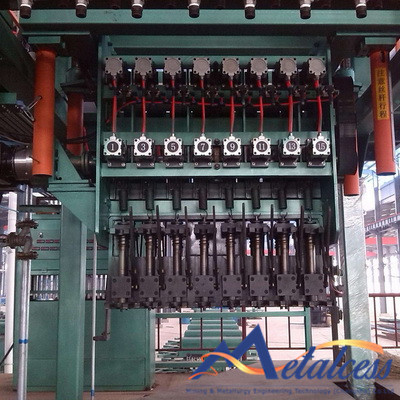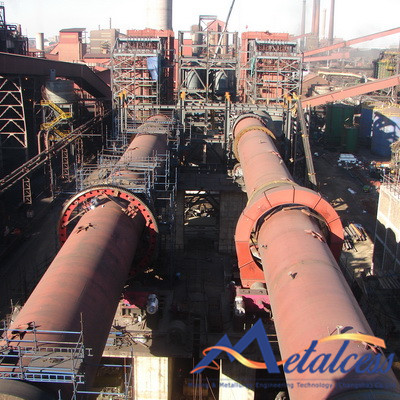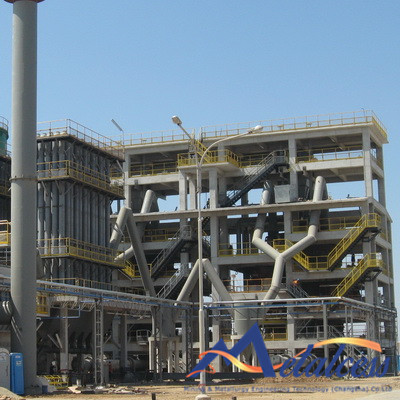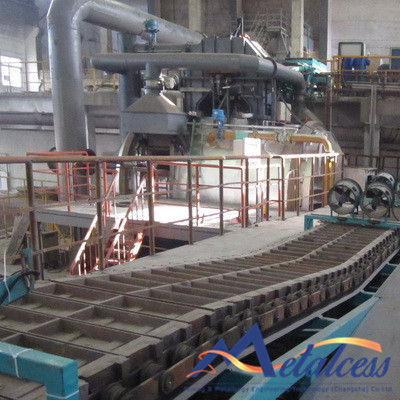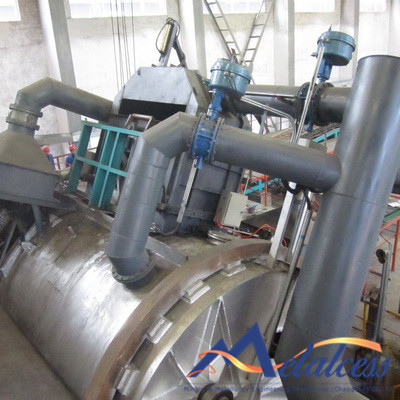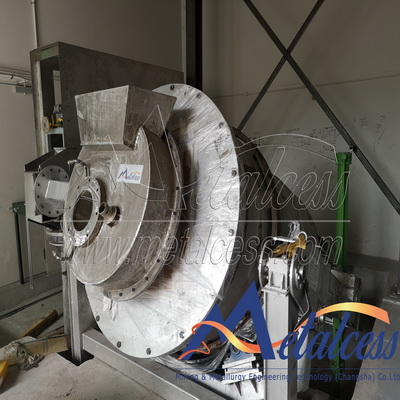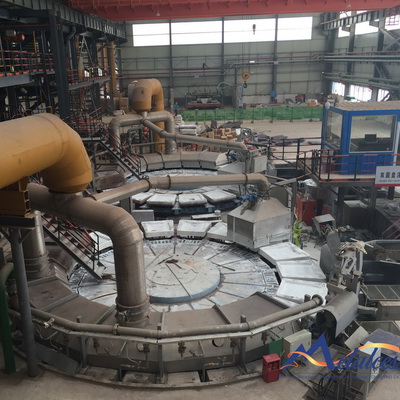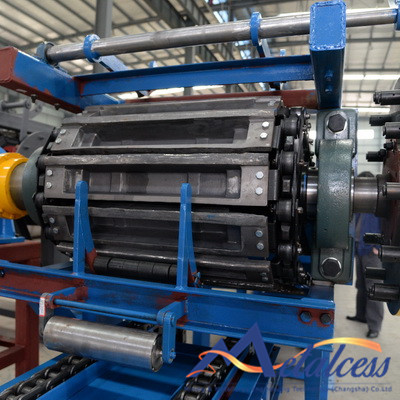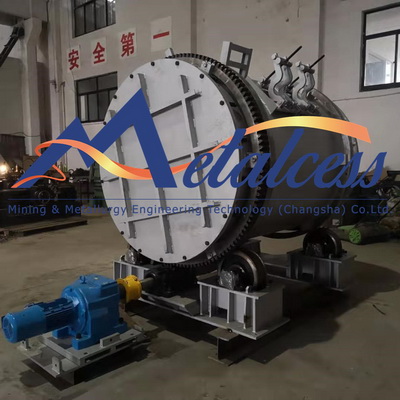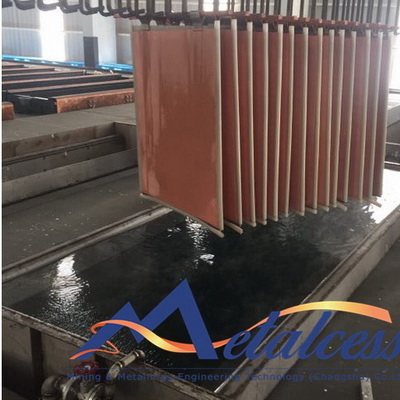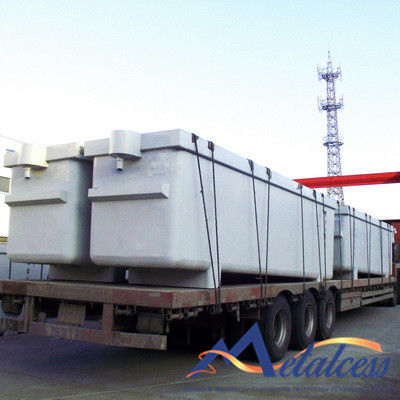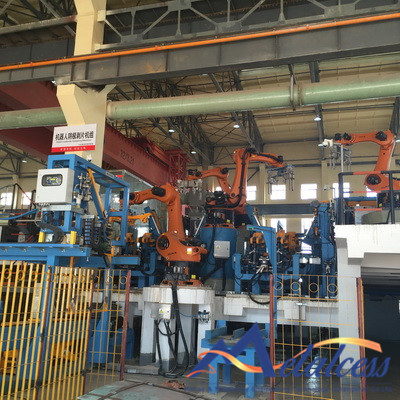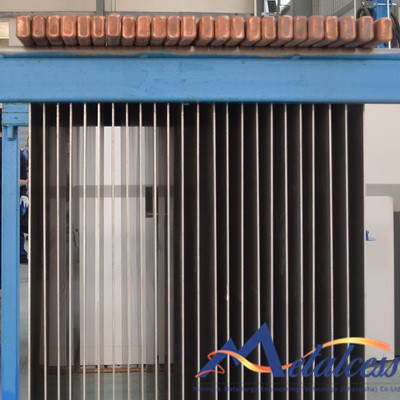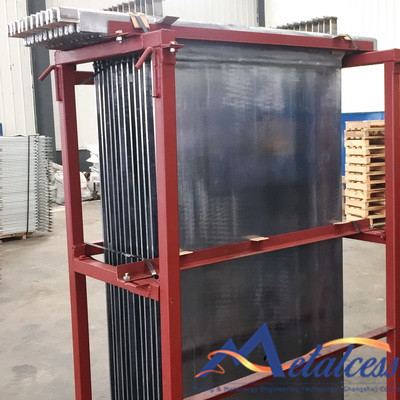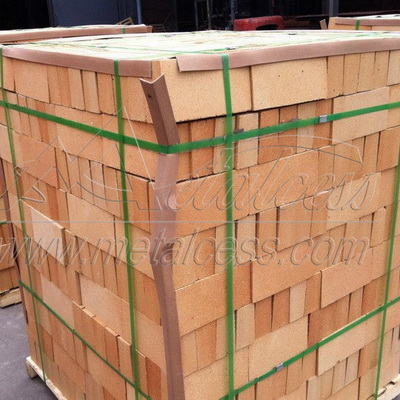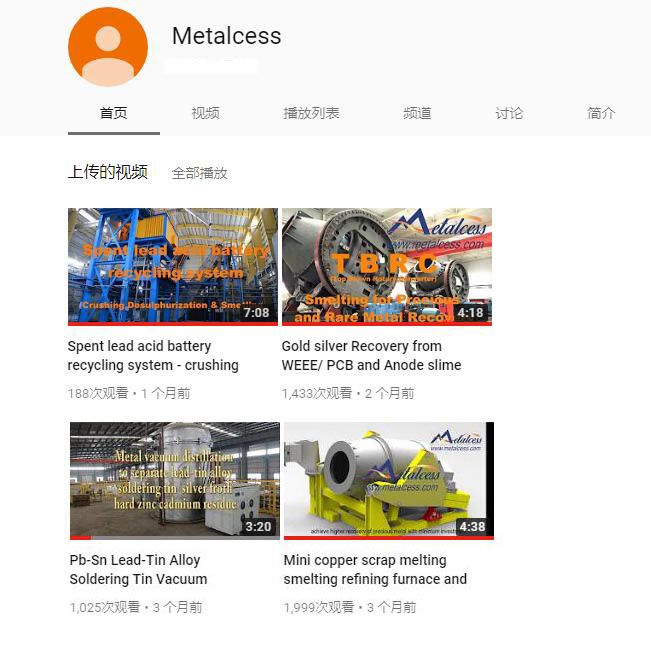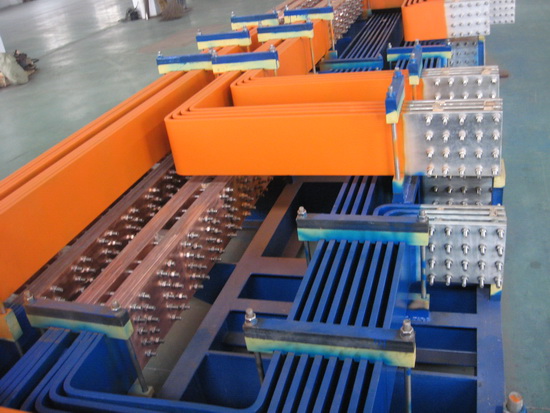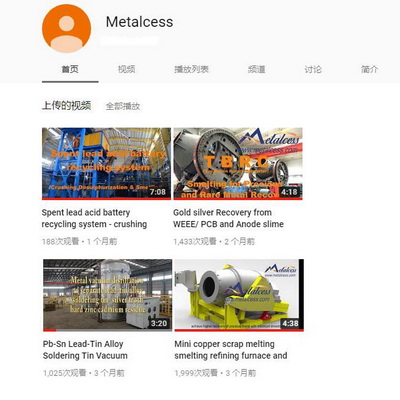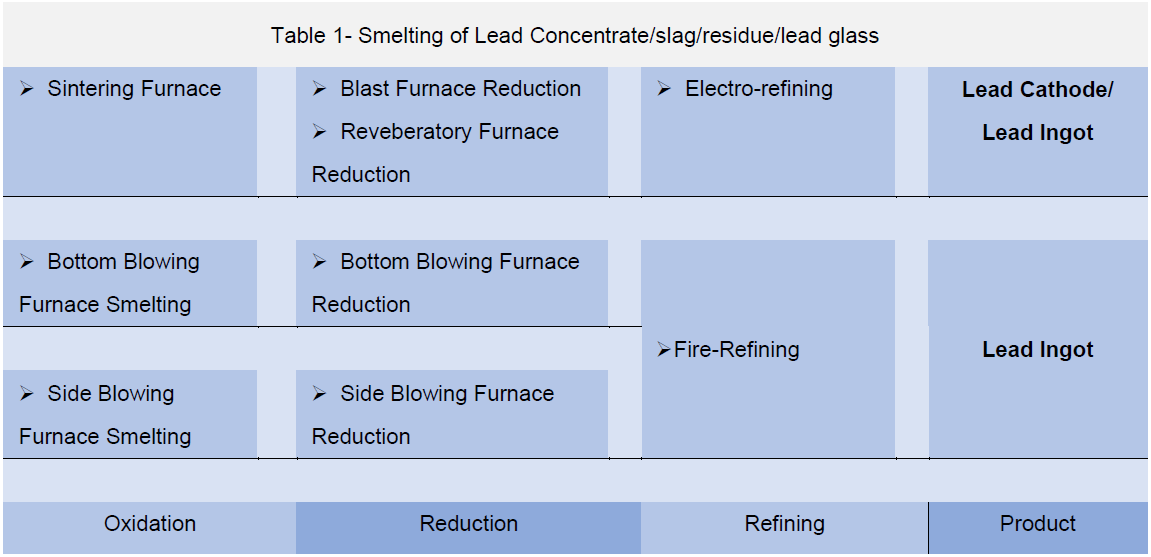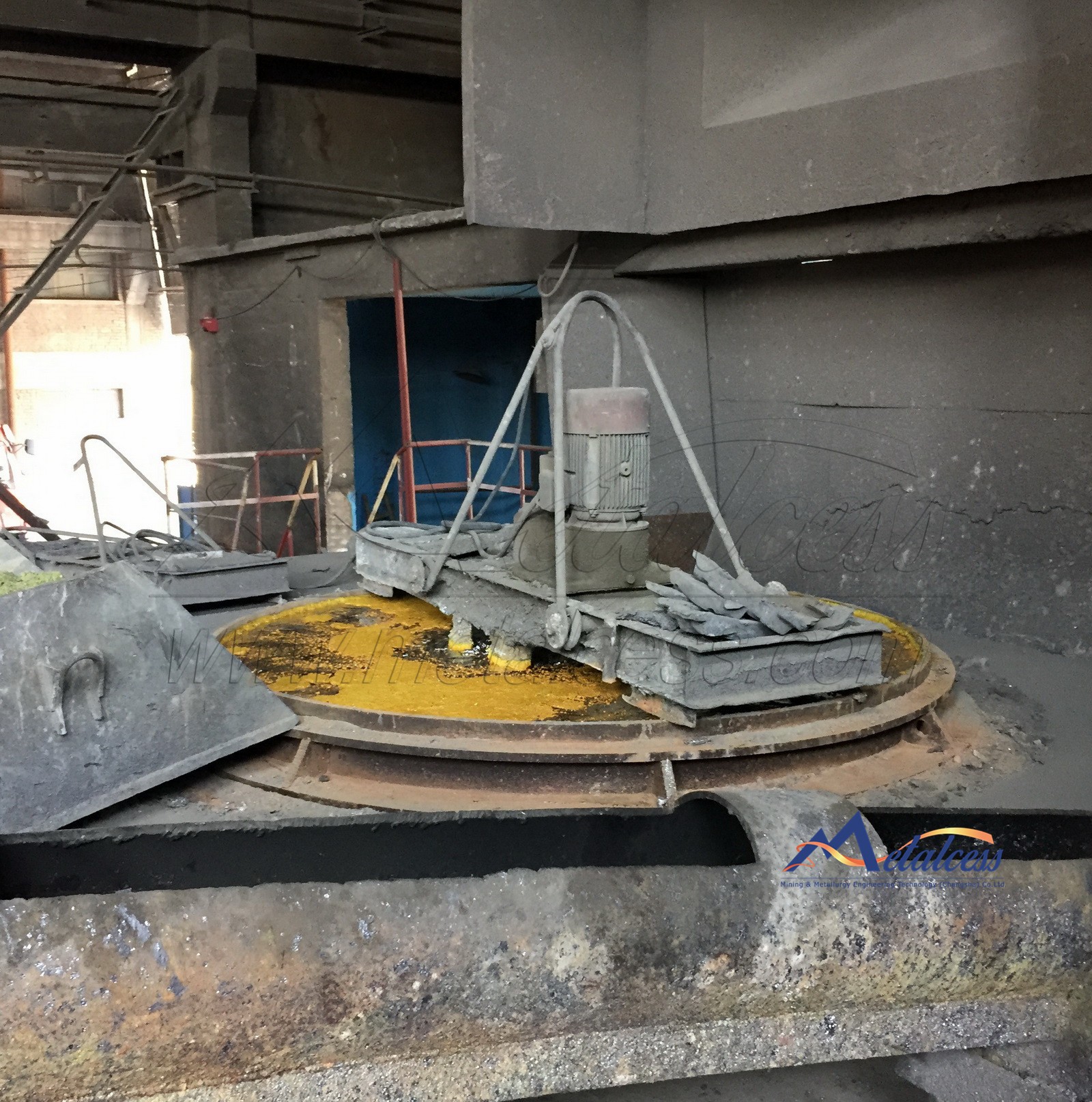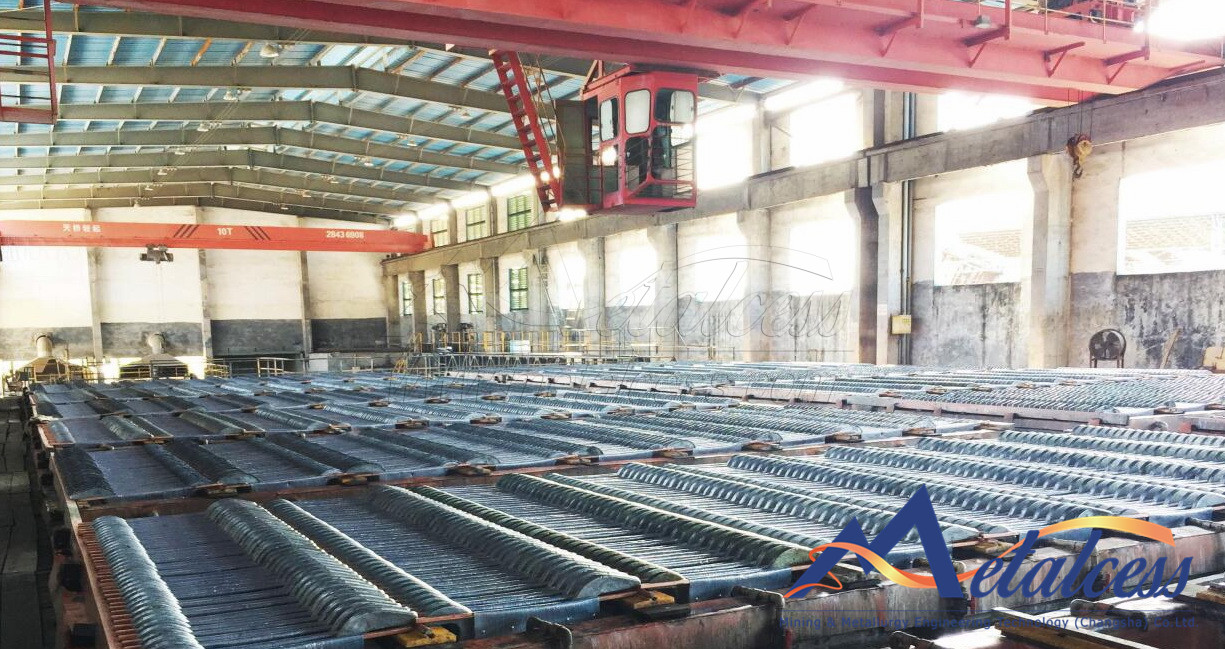Common lead smelting process usually produces lead bullion
containing 2-4% impurities such as copper, arsenic, antimony, tin, bismuth,
indium, silver and gold, etc. Those impurities are valuable metals but have
negative effects on lead’s functional performance in terms of hardness,
toughness and corrosion resistance. The process of lead refining is to improve
lead purity and recover these valuable metals.
Lead refining mainly falls into two groups, i.e. fire-refining
and electrorefining process. Characteristics of
both approaches are listed as follows:
1. Fire-refining can produce fine lead of different grade and lead alloys by using several kettles, requiring simple equipment,
less investment and land space. Lead bullion containing less bismuth and
precious metal is suitable to fire-refining. However, full-step fire refining
has relative low lead direct recovery, worse working environment, long list of
working steps and large treatment capacity required by intermediate product.
2. Electrorefining enriches bismuth and precious metal
into anode slime for comprehensive recovery. It results to high metal recovery
rate and high purity lead and the working environment is relatively better. Before electro-refining,
lead bullion has to be pre-refined to reduce copper and tin content. After electro-refining,
lead cathode should be further fire-refined before ingot casting. This process generates, except copper slag and tin slag,
especially lead anode slime that contains valuable metals.
Metalcess provides comprehensive solution on lead fire-refining process, lead electro-refining process and byproduct recovery. Specially, Metalcess provides solution for zinc removal from lead bullion with optimized device, which is low energy consumption, high efficiency and better working environment. For byproduct recovery, for example, the anode slime treatment, Metalcess developed a series of mini-process like anode slime pressure leaching, small capacity-oriented TBRC smelting, gold extraction from lead distillation system, etc.
Full process of lead fire-refining
includes several steps to remove Cu, Te, As, Sb, Sn, Ag, Zn, Bi in sequence. In actual
operation, the steps are simplified according to the kind
of impurities and its content.
The lead-refining process is described as, “After copper drossing, generally Te, As, Sn and Sb are
removed substantially by the Harris Refining Process using fused NaOH. A
certain selectivity during refining is achieved by controlled addition of
NaNO3. Another refining step is decopperizing by means of elemental sulfur. A
Howard Press is used in the Parkes Process for desilverizing. After vacuum
dezinking in kettle, Bi is removed, if required, by means of Ca and Mg. In an
end refining step Ca, Mg and Zn are removed by having the lead melt treated
with NOH and NaN03. The refined lead as such, or in the form of special alloys,
is cast by an ingot casting machine into 50-kg ingots.” (Excerpt from the book Extractive Metallurgy of Lead and Zinc)





